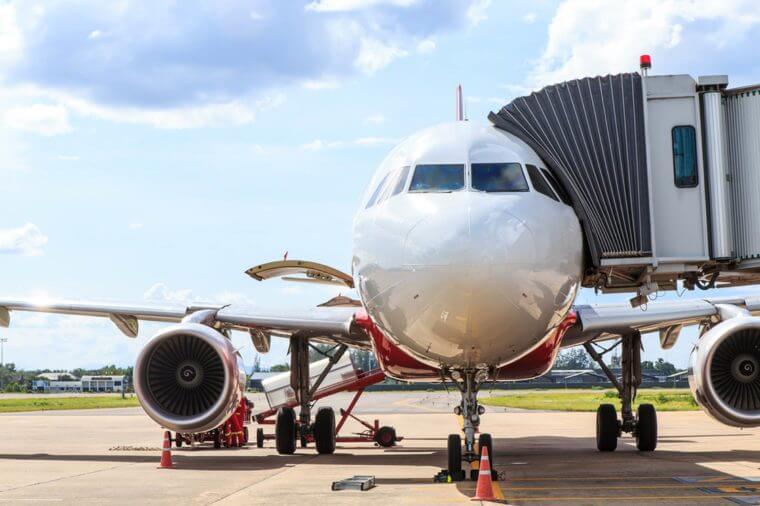Whether you’re a first-time flier or experienced jet setter, we’re willing to bet there are plenty of air travel questions you’ve always wondered. For example, what’s the deal with those triangle stickers above your seat? And why do you always get stuck sitting beside a baby, or worse: a snorer?
But amidst all of these mind-boggling mysteries, you might have failed to notice something rather important: The side on which you board the plane. No matter where you’re traveling, you will always embark and disembark from a door on the left-hand side of the aircraft. What’s the deal?
There’s a method to this madness, as it turns out. First of all, doing so directs foot traffic away from the grounds crew on the right-hand side, who are fueling up the plane and loading luggage.
What’s more, pilots usually sit in the left seat. So, back in the day, “it was useful for the pilot to be able to judge wing clearance from the terminal building and to put the aircraft door in front of the terminal doors” if it was on the left side, a former U.S. Air Force pilot said on Quora.
Yet another explanation has roots in nautical tradition. Thanks to the placement of the “steerboard”—the rudder-like part on the right-hand side of a boat—passengers had to board from the boat’s left side, also called the port. Consequently, “most airplane and jetway designers followed the same convention,” according to Andrew Stagg, a commercial pilot.
The only time you won’t embark or disembark from the left-hand side? When you’re flying in small, two-seater planes. But for the most part, commercial fliers will always get the left side treatment.












